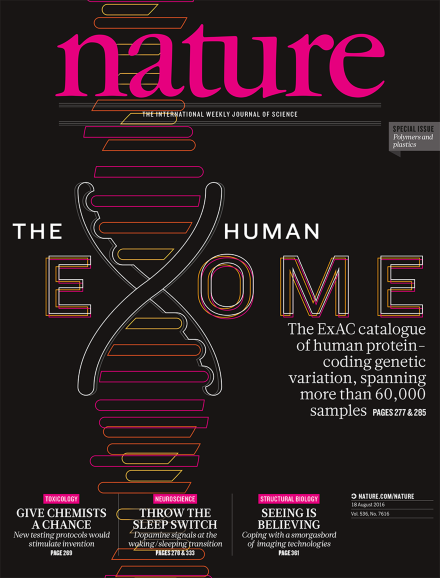Volume 536 Issue 7616, 18 August 2016
Editorial
World View
Research Highlights
Seven Days
News
News Feature
Comment
Correction
Books & Arts
Correspondence
News & Views
Article
Letter
Corrigendum
Technology Feature
Feature
-
Work abroad: Visa to visit
Career Guide:

